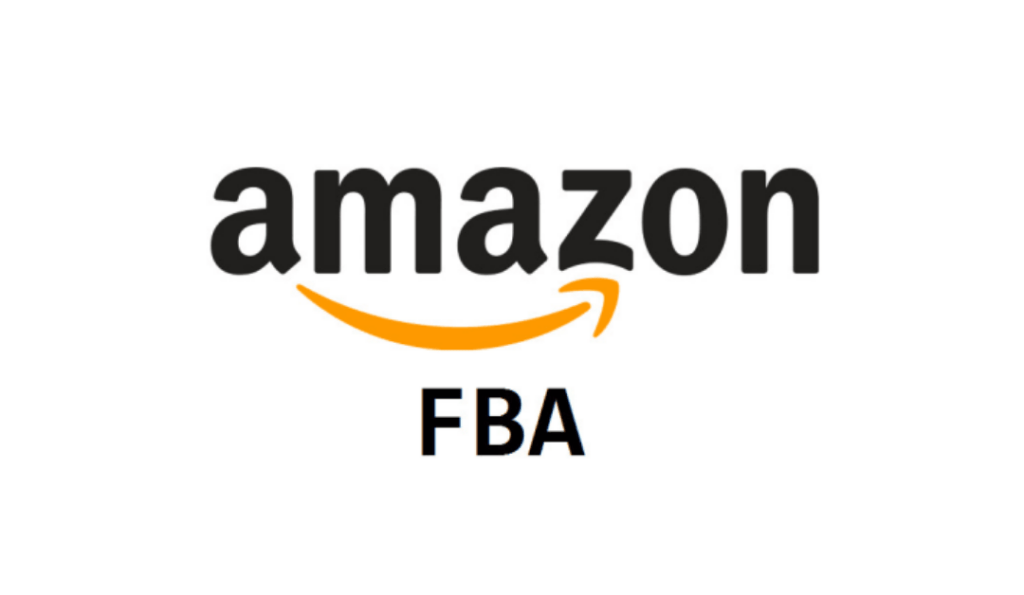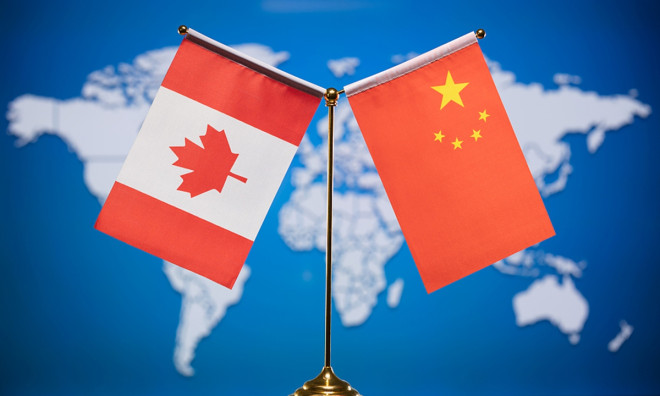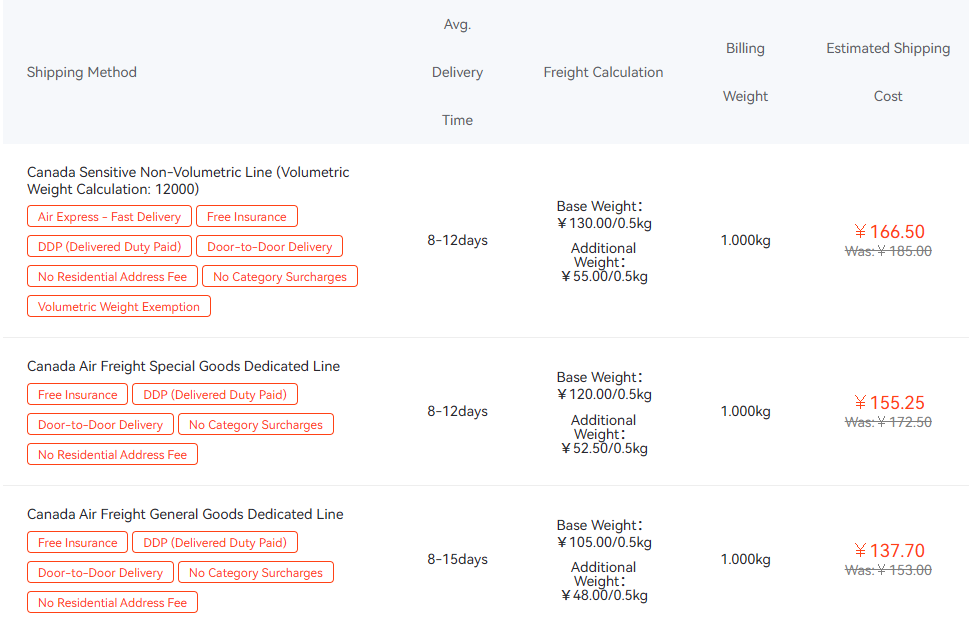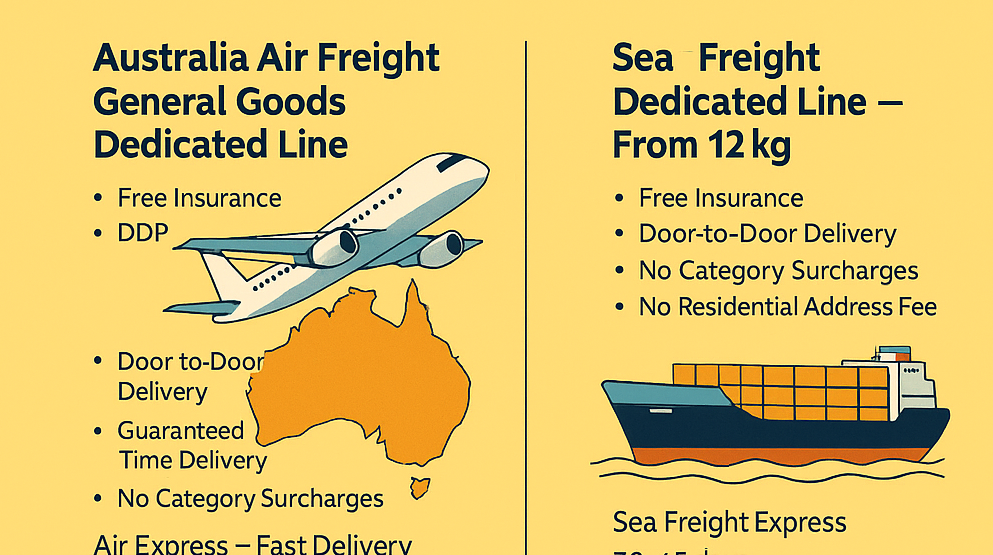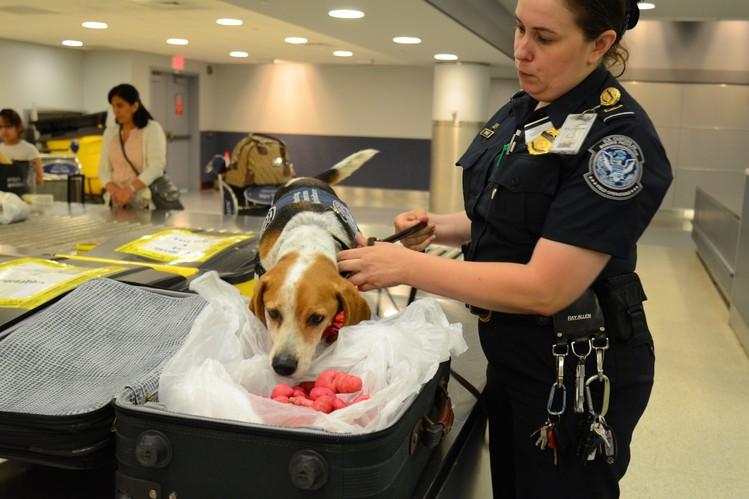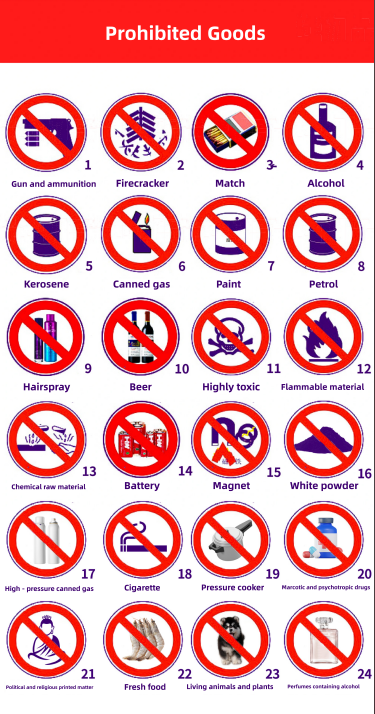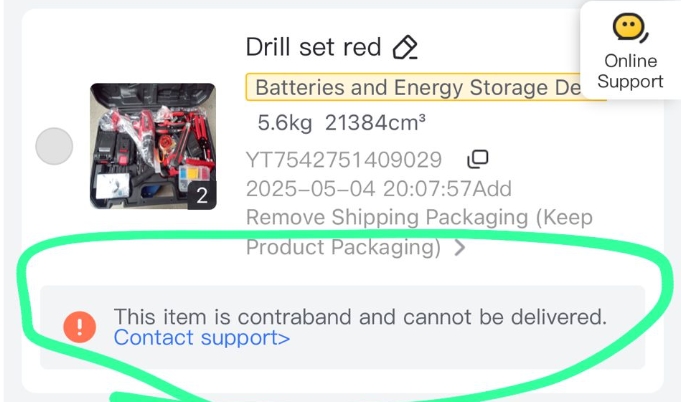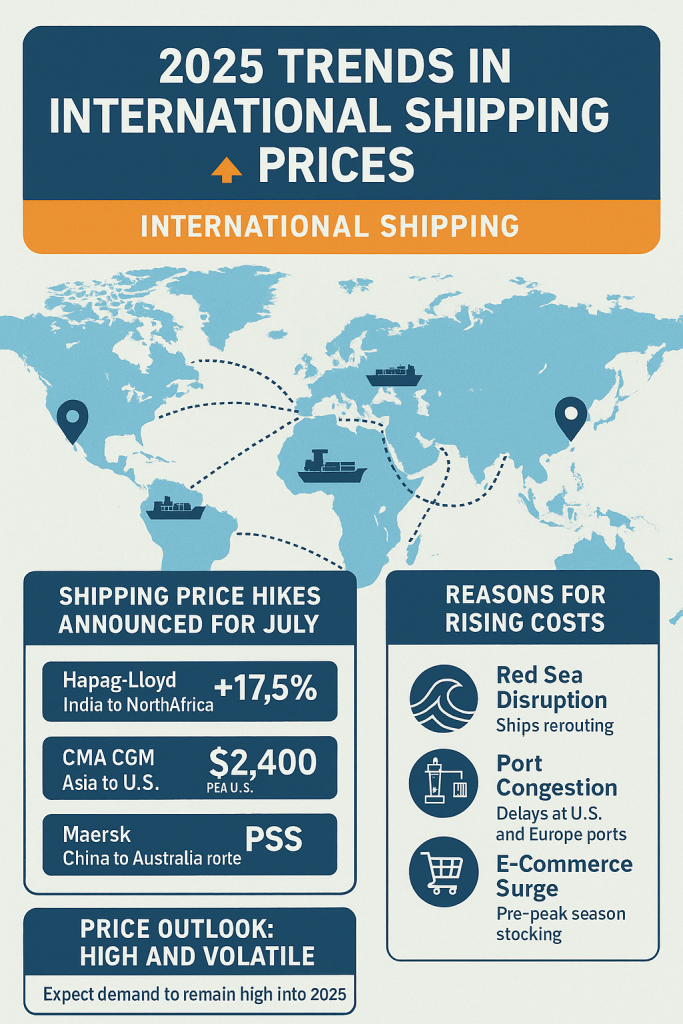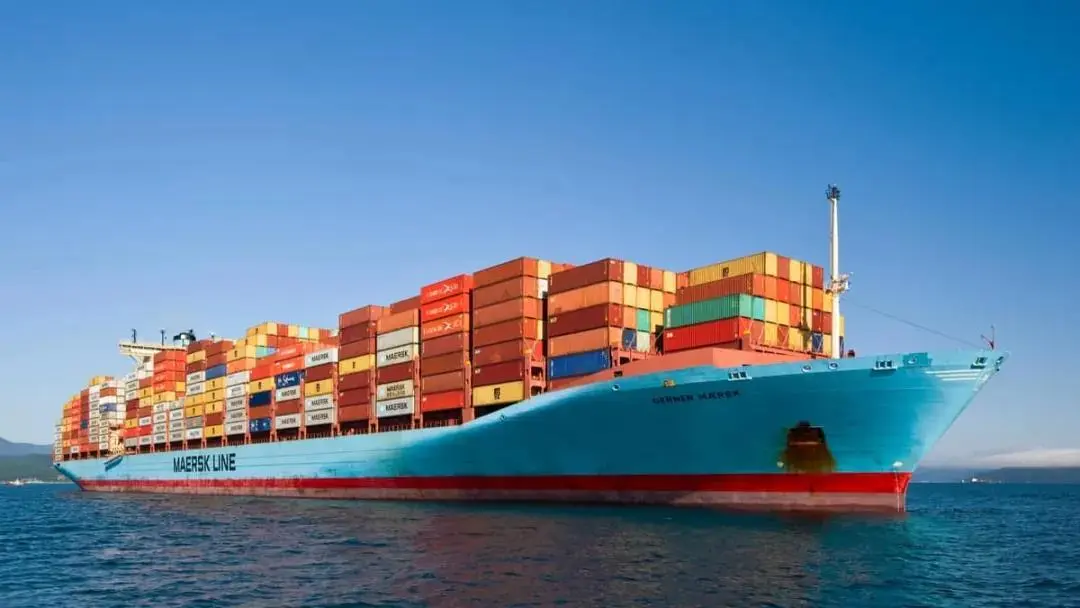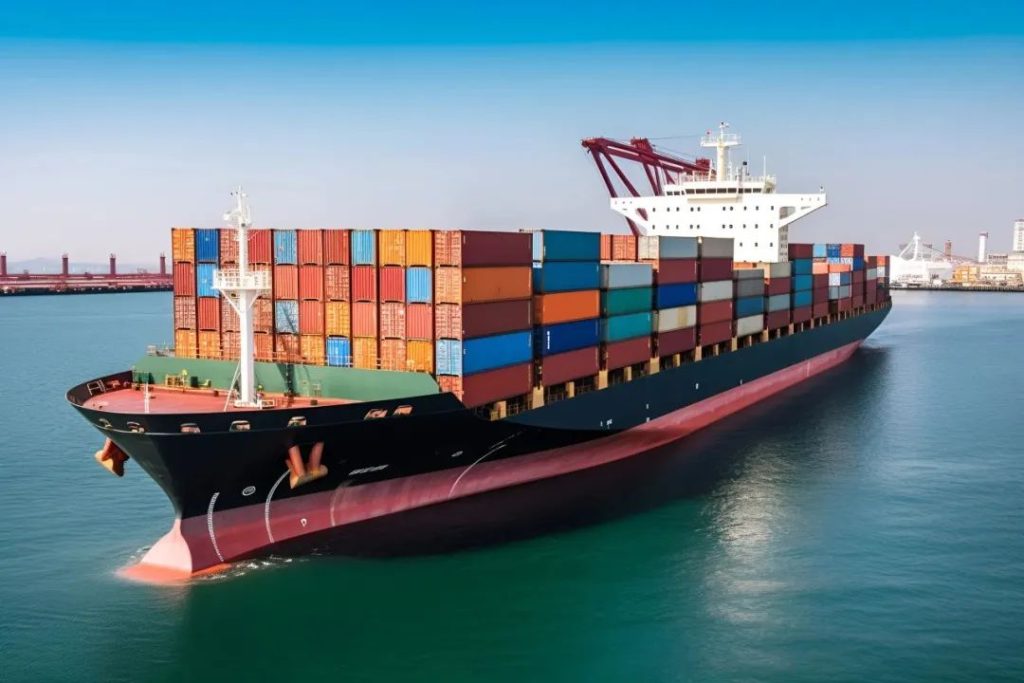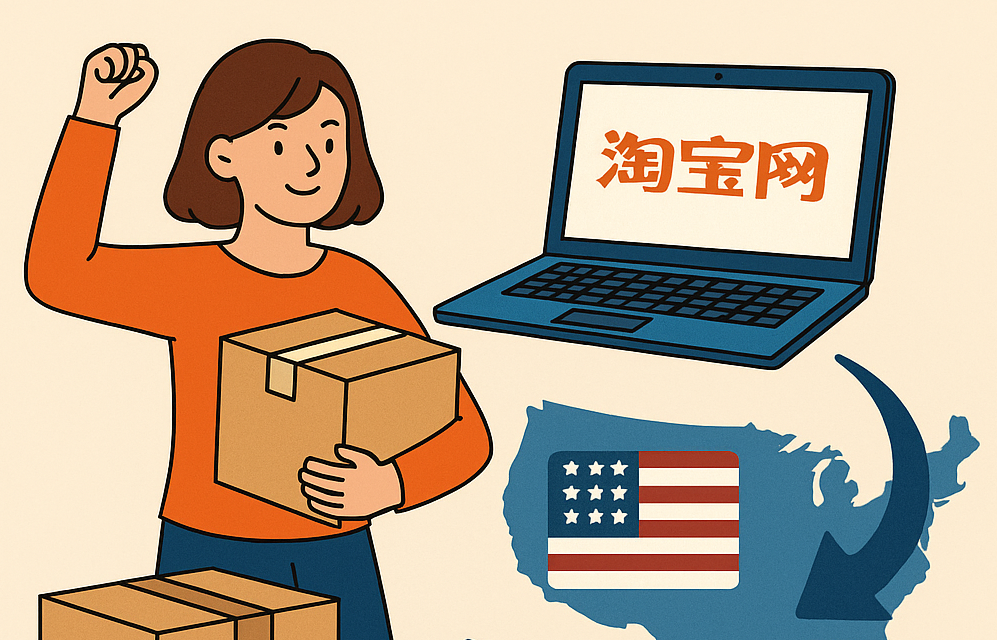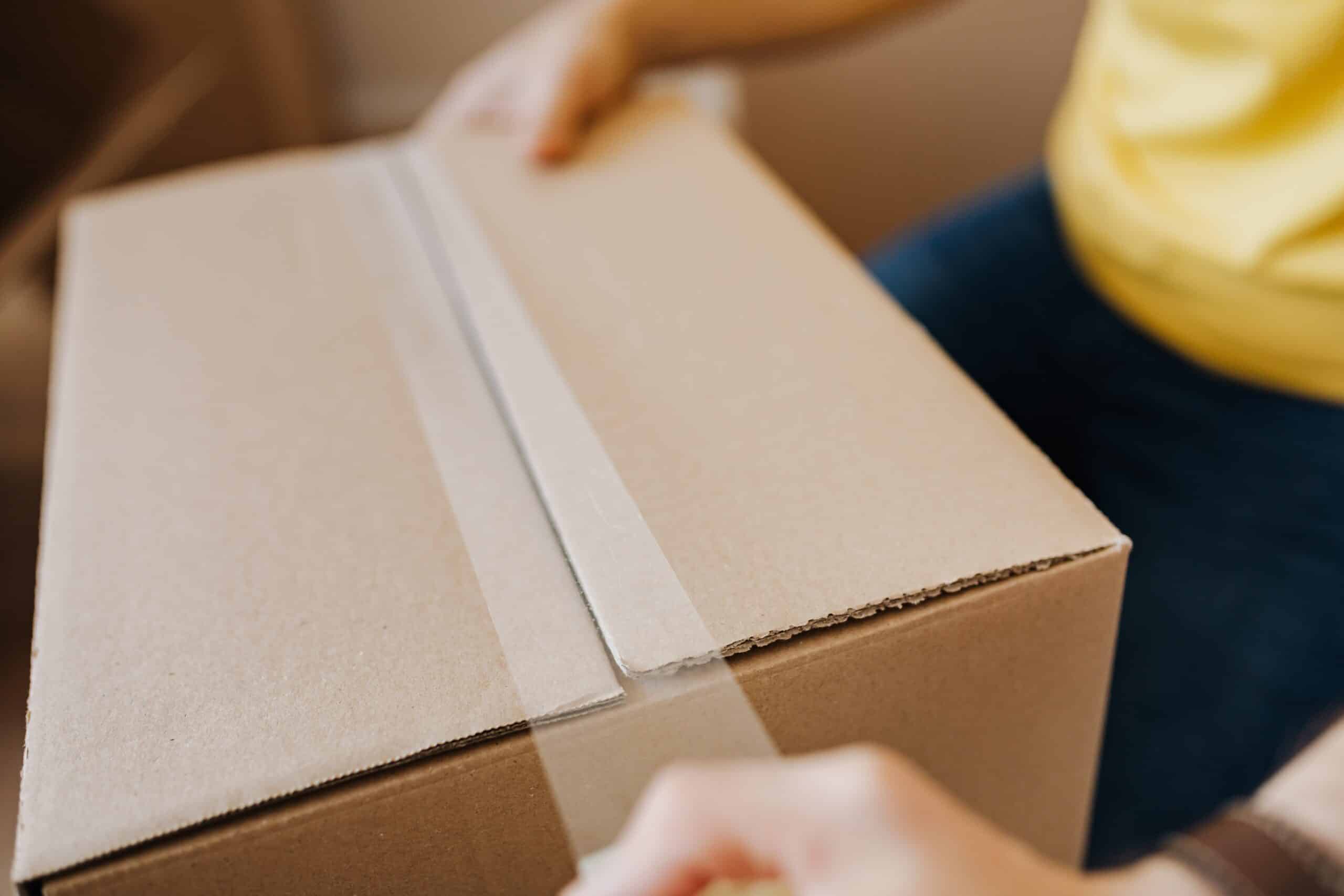General Process and Key Nodes for FBA Air Freight to Europe
If you want to sell products in Europe, Amazon FBA is definitely an unavoidable choice. However, how to safely and quickly deliver goods to Amazon’s European warehouses has become a headache for many sellers. Although sea freight is cheaper, it takes too long and often misses the peak sales season. At this time, FBA air freight has become the first choice for many sellers. But FBA air freight is not something that can be done by simply finding a logistics company. The process is complex and there are many pitfalls. Today, we will have a good chat about the general process of FBA air freight to Europe and the important nodes in it, hoping to help you avoid the pitfalls and successfully deliver the goods. If you want your products to enter the European market quickly and take full advantage of Amazon FBA, choosing the right air freight strategy is crucial.
What is FBA Air Freight?
FBA stands for Fulfillment by Amazon, which is Amazon’s logistics. Simply put, you hand over the goods to Amazon, and they will help you with warehousing, packaging, shipping, and even after-sales service. FBA air freight is the use of air freight to transport your goods to Amazon’s warehouses in Europe.
Compared with sea freight, the biggest advantage of FBA air freight is its speed. For those products that need to be replenished quickly or have strong seasonality, air freight allows you to enter the European market faster, seize business opportunities, and increase product turnover. Some high-value goods with high timeliness requirements, such as electronic products and light luxury goods, are also very suitable for choosing FBA air freight. Through FBA, you can focus on product sales and marketing, and leave the complexity of logistics to Amazon. Moreover, using FBA can also improve the ranking of your product listing on Amazon.
Detailed Explanation of the General Process of FBA Air Freight to Europe
The process of FBA air freight to Europe is relatively complex, involving multiple links, which requires close cooperation between sellers and freight forwarding companies. Below, we will analyze the entire process step by step in detail:
- Step 1: Power of Attorney
First, you need to provide a power of attorney to your freight forwarding company. The power of attorney is equivalent to an “authorization letter,” authorizing the freight forwarding company to handle subsequent transportation matters for you. The information that needs to be included in the power of attorney is very detailed, including:
- Shipper (your company or personal information)
- Consignee (address information of Amazon’s European warehouse)
- Port of Departure (the airport from which your goods are shipped)
- Port of Destination (the European airport where the goods arrive)
- Cargo Information (product name, quantity, weight, dimensions, etc.)
- Declared Value (the value of the goods, related to insurance and tariffs)
- Special Requirements (such as whether to palletize, whether to use special packaging, etc.)
Be sure to carefully check all the information on the power of attorney to ensure it is accurate. Once there is an error, subsequent customs declaration and clearance will be affected. When using FBA air freight services, ensuring all documents are accurate is critical.
- Step 2: Commodity Inspection
Not all goods require commodity inspection. Generally speaking, some goods involving safety, hygiene, and environmental protection, such as food, cosmetics, and some electronic products, may require commodity inspection. You need to consult your freight forwarding company in advance to confirm whether your goods require commodity inspection. If commodity inspection is required, you need to cooperate with the freight forwarding company to provide relevant materials and samples, and pay the corresponding fees.
- Step 3: Booking
Booking is to reserve space with the airline. The freight forwarding company will select the appropriate route and carrier based on your cargo information, destination, time requirements, etc., and reserve space with the airline. Choosing the right route is very important, which is directly related to transportation time and freight. Different airlines may also have different freight rates and services. Therefore, you need to compare multiple parties to strive for a reasonable freight rate. When considering using FBA air freight, planning ahead can help you find better prices.
When booking, you need to provide detailed cargo information, including product name, quantity, weight, dimensions, etc. This information will be used to calculate freight and arrange space.
- Step 4: Receiving Goods
There are two ways to hand over the goods to the freight forwarding company:
- A: Shipper delivers the goods themselves: If your factory or warehouse is relatively close to the airport, you can choose to deliver the goods yourself. You need to make an appointment with the freight forwarding company in advance for the delivery time, and provide contact person, address, telephone and other information. When delivering the goods, be sure to bring all relevant documents, such as packing list, invoice, etc.
- B: Freight forwarder picks up the goods: If it is not convenient for you to deliver the goods yourself, you can choose to have the freight forwarding company pick up the goods at your door. You need to provide accurate pick-up address, contact person, telephone and other information to ensure that the freight forwarding company can pick up the goods in time.
- Step 5: Goods Enter the Airport
After the goods enter the airport, they will go through a series of operating procedures:
- Tallying: Classifying and sorting goods according to different destinations and flights.
- Weighing: Weighing the actual weight of the goods for calculating freight.
- Printing List: Printing the air waybill.
- Auditing Documents: Auditing the relevant documents of the goods to ensure they meet the requirements.
- Filling in the Waybill: Filling in the air waybill, including cargo information, consignor and consignee information, flight information, etc.
- Receiving Goods: Confirming that the goods are intact.
- Marking and Labeling: Pasting relevant marks and labels on the goods for easy identification and management.
In each link, ensure the safety of the goods to avoid loss or damage.
- Step 6: European Air Freight Export Customs Declaration
Export customs declaration is a necessary link for the legal shipment of goods. The process of export customs declaration is relatively complex, and is generally operated by professional customs brokers. You need to provide relevant customs declaration documents, including:
- Customs Declaration Form
- Packing List
- Invoice
- Contract
- Power of Attorney for Customs Declaration
- Other Required Documents
The customs declaration process mainly includes:
- Computer Pre-entry: Entering customs declaration information into the customs system.
- Stamping the Customs Declaration Seal: Stamping the official seal of the customs declaration unit on the customs declaration form.
- Preparing Customs Declaration Documents: Preparing complete customs declaration documents.
- Declaring to Customs: Submitting customs declaration documents to customs.
- Customs Review: Customs reviews customs declaration documents and verifies cargo information.
- Stamping the Release Seal: After the customs review passes, the customs stamps the release seal on the customs declaration form, allowing the goods to be shipped.
The preparation of customs declaration documents is very important. Once a problem occurs, it may lead to the goods being unable to pass customs smoothly.
- Step 7: Signing the Bill
Signing the bill refers to signing the air waybill after customs release. Signing the bill is the guarantee for the legal shipment of goods.
- Step 8: Handover and Shipment
After the goods complete customs declaration procedures, they can be handed over to the airline for shipment. The handover and shipment process includes:
- Submitting Documents: Submitting relevant documents to the airline.
- Delivering Goods: Delivering the goods to the airline.
- Pasting Cargo Labels: Pasting relevant cargo labels on the goods.
- Counting and Verifying Goods: Counting and verifying the quantity and information of the goods.
- Filling in the Cargo Handover List: Filling in the cargo handover list to record the handover situation.
- Step 9: Flight Tracking
After the goods are shipped, you can use the flight tracking number provided by the airline or freight forwarding company to keep track of the transportation status of the goods at any time.
- Step 10: Arrival
After the goods arrive at the European airport, they need to be cleared through customs. After customs clearance is completed, the goods can be delivered by Amazon’s logistics team, or the consignee can be notified to pick up the goods. Choosing FBA air freight means you need to closely monitor the customs clearance process and ensure all documents meet European standards.
Important Nodes and Precautions for FBA Air Freight to Europe
In the process of FBA air freight to Europe, there are several important nodes that need special attention:
- Customs Clearance Issues: Different countries have different customs clearance policies. You need to understand the customs clearance policies of the target country in advance to avoid problems. Common customs clearance problems include: incomplete documents, false declarations, and goods that do not meet standards.
- Tariff Issues: All European countries have tariffs. You need to understand how tariffs are calculated and reasonably declare the value of the goods to reduce tariff costs.
- Label Issues: FBA labels are very important and must be pasted according to Amazon’s requirements. Unclear labels and incorrect information may lead to the goods being unable to be put into storage.
- Packaging Issues: The packaging should be strong and able to withstand the bumps of long-distance transportation. Amazon also has specific requirements for packaging, such as outer box size and weight.
- Choosing the Right Freight Forwarder: Choosing an experienced freight forwarder familiar with the FBA process is very important. They can help you deal with various problems and ensure that the goods arrive smoothly.
An experienced FBA freight forwarder can help you avoid many potential pitfalls and ensure your goods comply with all relevant regulations. When using FBA air freight services, be sure to carefully check all the details.
How to Choose a Suitable FBA Air Freight Service Provider?
Choosing a reliable FBA air freight service provider can save you a lot of trouble. So, how to choose?
- Qualification Certification: Check whether the service provider has relevant qualification certifications, such as the Non-Vessel Operating Common Carrier (NVOCC) qualification certificate.
- Service Experience: Understand the service provider’s experience in the field of FBA air freight, and whether there are successful cases.
- Service Network: Confirm whether the service provider has a complete service network covering Europe and can provide door-to-door service.
- Price Transparency: Choose a service provider with open and transparent pricing to avoid hidden costs.
- After-Sales Service: Investigate the quality of the service provider’s after-sales service to ensure that problems can be resolved in a timely manner.
Choosing the right FBA air freight service provider is crucial to ensuring that your goods arrive at Amazon’s European warehouses in a timely and safe manner. A good service provider will provide comprehensive FBA support, including customs clearance, transportation, and warehousing.
GET IN TOUCH
Let us Send You a Quote
Summary
The process of FBA air freight to Europe is indeed relatively complex, but as long as you understand the key links and choose a reliable freight forwarding company, you can successfully send your products to Amazon’s European warehouses and expand your European market. I hope this article can help you better understand FBA air freight and make full preparations. I wish you a prosperous business! When you consider using FBA, remember to plan ahead and choose the service that best suits your business needs.
